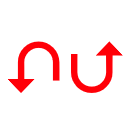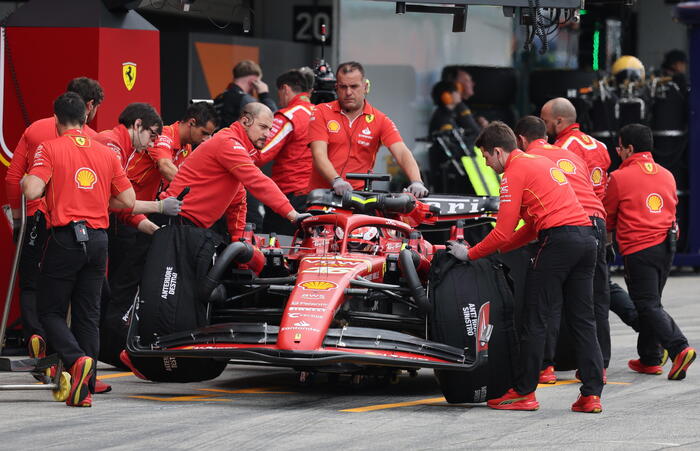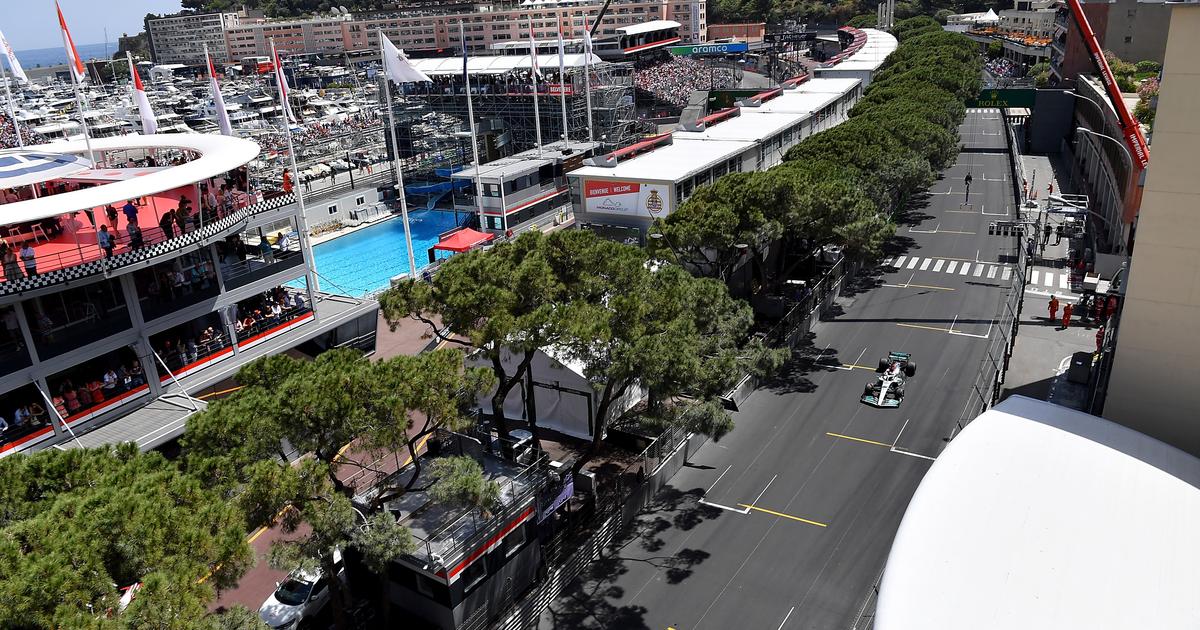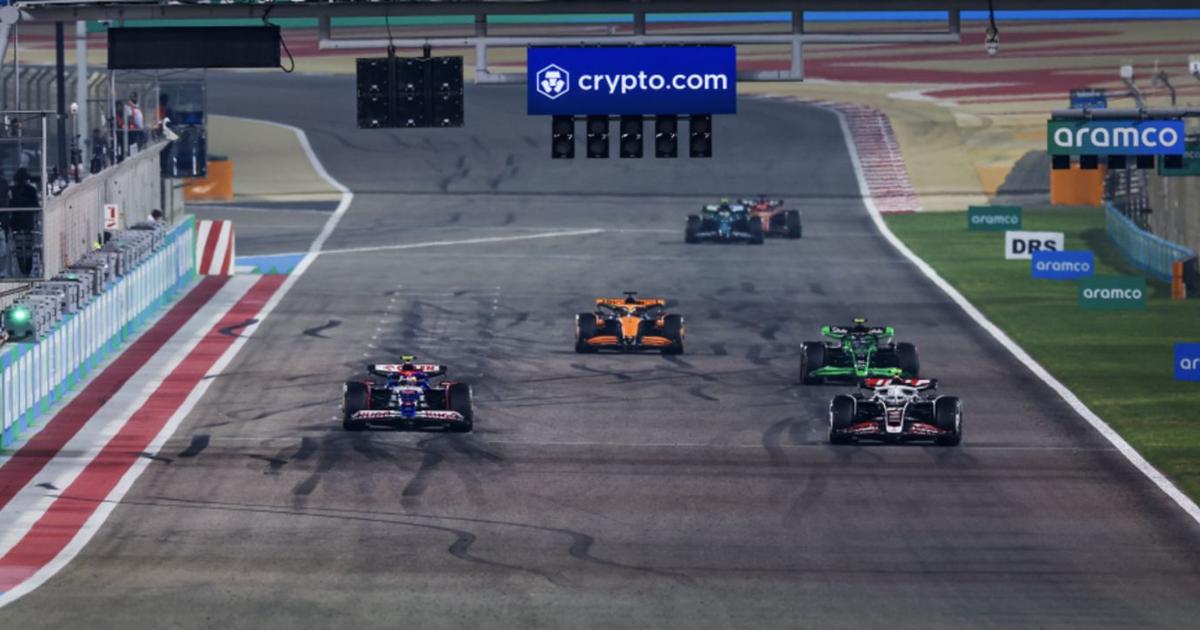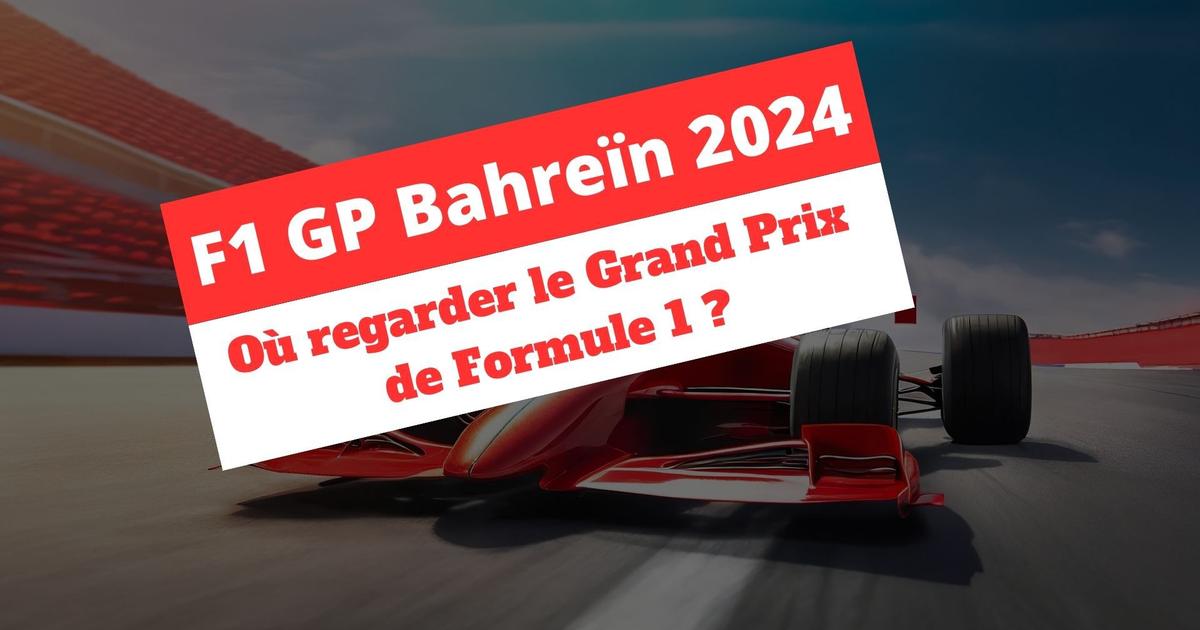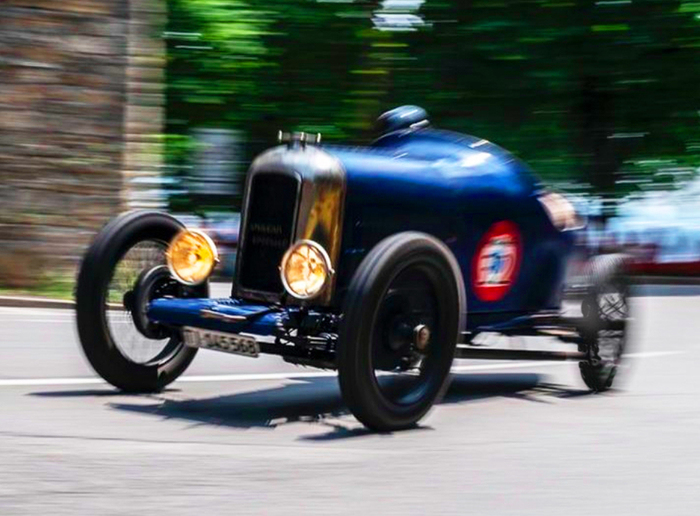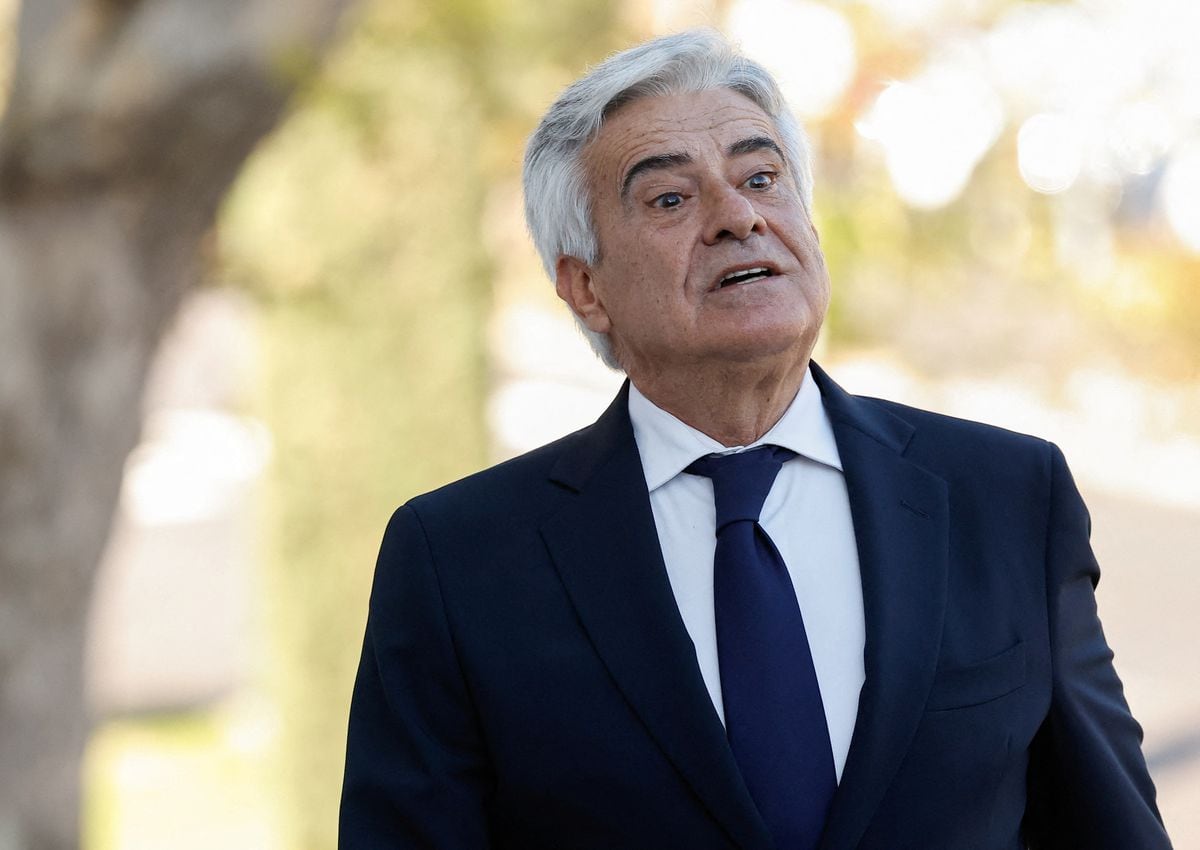Formula 1 wants to further increase safety during high-speed races by changing the rules. This has consequences for the pilots.
Monaco – Next weekend's Monaco Grand Prix promises to be another (literally) close race in Formula 1. After those responsible for the series had only recently decided on a rule change to reduce speed, the drivers now have to adapt to another new directive with the circuit in the Principality. This is also intended to reduce its speed in certain situations.
| Monaco Grand Prix | |
|---|---|
| Stretch: | Circuit de Monaco |
| Lap length: | 3,337 km |
| Formula 1 premiere: | 1950 (since 1955 consistently on the Formula 1 racing calendar) |
| Record winners: | Ayrton Senna (6 wins) |
New Formula 1 directive for dangerous sections of the track takes effect Monaco GP
At the race on the Côte d'Azur, Formula 1, in which a spectacular change of Lewis Hamilton racing team could be in the offing, is applying a new rule for the first time, as the FIA has now announced. The change, which was decided "after an investigation and review of previous incidents and after consultation with the Formula 1 teams and drivers", concerns phases in which the race is interrupted by the use of the safety car or the virtual safety car.
From now on, drivers will have to additionally reduce their speed during the safety car intervals in zones that are considered extremely dangerous. These spots are marked as particularly risky by double-waved yellow flags when, after incidents, "a hazard blocks all or part of the track and or the marshals working there or next to it," said FIA Technical Director Tim Goss.
Untitled design (41).jpg © Imago / HochZwei
From Monaco races: Formula 1 decides on rule change for more safety
The subject of the rule change is the so-called delta time. This is a time guideline for a lap that has been used for some time, which all drivers should fall below during safety car phases and adjust their pace to do so. But there were also "cases where the cars were able to temporarily increase their speed to make up for lost time compared to the reference time," Goss said.
Therefore, delta time did not always guarantee that drivers would slow down in dangerous situations. In some cases, they were able to build up a cushion of reference time earlier and later drive faster than planned without exceeding the delta total value. That will now change from the race in Monaco.
Additional speed limit in Monaco: For Formula 1, "safety comes first"
The application of the concept is to be expanded with this step. Accordingly, there will be separate guideline values for the particularly dangerous route areas "to ensure that the cars slow down strictly to the specified delta time," Goss explained. This should be communicated as usual via the display on the dashboard or by radio with the pilots.
0
Also Read
Germany - USA: International press reviews
READ
Lisicki at Wimbledon: How to watch the semi-finals
READ
Schweinsteiger, Neureuther, Björndalen: The most famous sports couples
READ
"Amputate or die": New drama about ice dance Olympic champion Roman Kostomarov
READ
Motorsport star Breen (33) dead: "Everyone loved him"
READ
Fancy a voyage of discovery?
My Area
The FIA's head of Formula 1 electronics, Olivier Hulot, also commented ahead of the Monaco Grand Prix: "If one car goes through a double yellow flag but another does not, and it slows down as a result, it loses time compared to its competitors," he admitted. "However, for the FIA, safety comes first, and if there is a danger on the track or marshals on the track, we must definitely minimize the risks," Hulot explained the measure.
Honda's sensational Formula 1 comeback is now also a topic of conversation in the motorsport world. (wuc)
